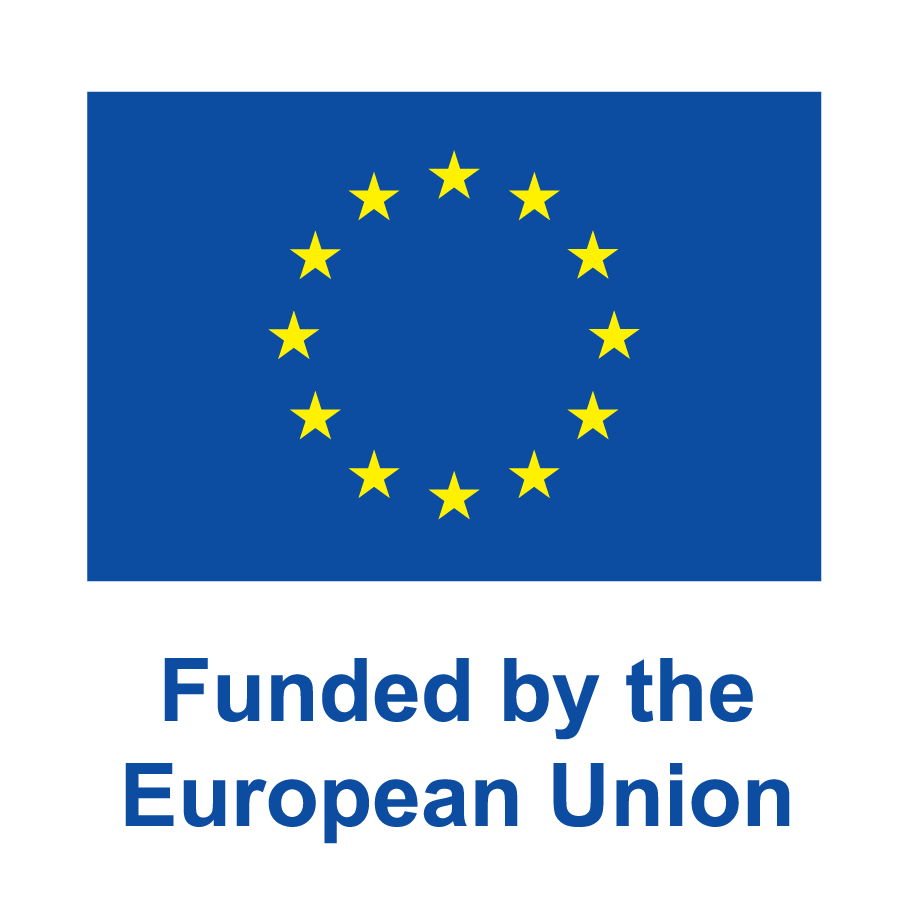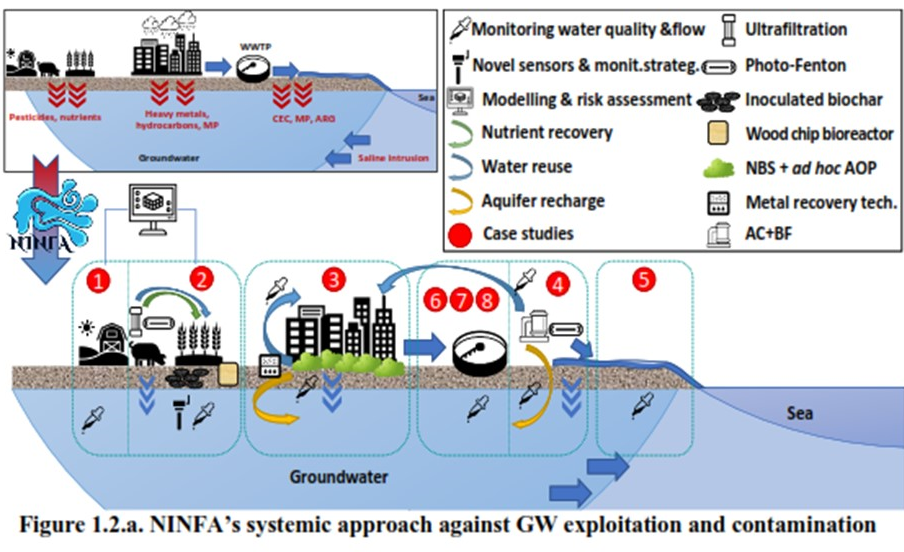NINFA

NINFA-TakiNg actIoN to prevent and mitigate pollution oF groundwAter bodies
ID Call: HORIZON-CL6-2022-ZEROPOLLUTION-01-01 Preventing groundwater contamination and protecting its quality against harmful impacts of global and climate change

Sapienza's role in the project: Other beneficiary
Scientific supervisor for Sapienza: Marco Petitta
Department: Earth Sciences
Project start date: November 1, 2022
Project end date: April 30, 2026
Project Abstract:
Groundwater is a key resource for water supply that is currently endangered by marine intrusion and especially by pollution caused by pesticides and nutrients (for agriculture and livestock), pharmaceuticals and antibiotics from anthropogenic effluents, hydrocarbons and heavy metals from surface runoff and also microplastics. Added to these factors are the effects of climate and global change. While many past initiatives have developed actions and tools for groundwater monitoring and protection, additional knowledge is needed to understand the synergistic effects and risks due to stressors and pollutants in order to develop cost-effective groundwater monitoring strategies, groundwater pollution mitigation and prevention technologies and Decision Support Systems, including early-warning procedures. NINFA intends to produce a new strategy based on an early-warning DSS associated with a knowledge database (NINFA platform), as well as innovative technologies. Diffuse pollution affects 35% of groundwater body areas through contaminants such as pesticides, herbicides and nutrients (which also have eutrophic effects). Other sources of contamination, including discharges from wastewater treatment plants and infiltration of runoff water in cities (especially during extreme weather events), affect groundwater with emerging contaminants (CECs) such as pharmaceuticals, microplastics and antibiotic-resistant antibiotics, as well as hydrocarbons and heavy metals. In addition, withdrawals from aquifers increase pressure on groundwater resources, which is worsened by climate change (decreased groundwater recharge). In coastal aquifers, this problem is exacerbated by the marine intrusion, mainly triggered by groundwater abstraction, which in turn impacts groundwater quality. NINFA's innovative contribution is based on simplifying and accelerating the transition to a more effective decision-making system in groundwater management, expanding knowledge on groundwater flows, in-situ mobility and transformation of emerging contaminants, and the drafting of predictive models capable of promoting the treatment and reuse of the water resource while maintaining its high natural quality.

